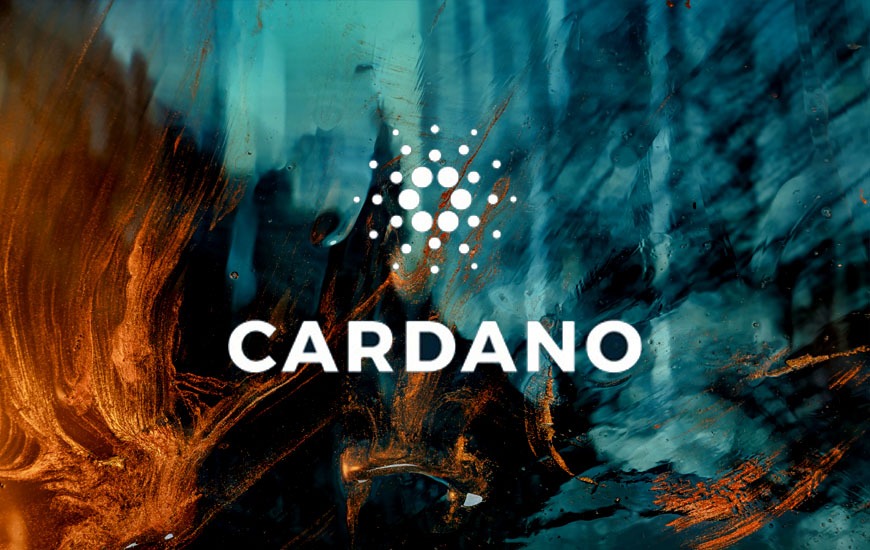Hoskinson Outlines long-term Roadmap and Aspiring Plans for Cardano into 2025
- In his yesterday’s video, Hoskinson outlined the long-term roadmap for Cardano into 2025.
- The research papers are expected to be published this year, preceding the announcements of “Cardano 2025” and its prototype.
- Input-Output Global (IOG) plans to raise Cardano from a plutocratic system to a hybrid system (“proof of merit”)
In one of his infamous blackboard videos, Charles Hoskinson, the founder of Cardano on Monday, outlined the long-term roadmap for Cardano into 2025. The CEO of Input-Output Global (IOG) first mentioned the hard fork combinator event, “Alonzo”, announced in late April with the Cardano 360 show, provided their formerly disclosed Goguen era rollout plan goes smoothly. Subsequently, the main focus will be the implementation of peer-to-peer functionality.
Progress made & Research Papers to Publish:
After Voltaire, accessing their plans for 2025 will be their next focus. Hoskinson, along with the IOG CTO Romain Pellerin, and a presently undisclosed consulting firm, has already made some progress on the roadmap for Cardano 2025. However, Ouroboros’ Omega is at the core of the work. The required research paper will compile all their previous studies – Ouroboros Classic (2016), Ouroboros Praos (2017), Ouroboros Genesis (2018) and Ledger Redux, Ouroboros Chronos and Ledger Combiners.
New Consensus Mechanism:
For deployment, the new consensus mechanism promises a fast finality, sidechains, solution against 51% attacks, and throughput at the base layer greater than the previously offered 1,000 transactions per second (TPS), and much more features. The mechanism is expected to keep evolving. Hoskinson then added, named “Ouroboros Omega++”, the research papers are expected to be published this year, preceding the announcements of “Cardano 2025” and its prototype.
Light Clients & “Mithral Protocol”:
Next in line are light clients, but “without trust assumptions”, as is necessary with Yoroi wallet’s likes, a wallet must be accessed via a central server. To modify that, complicated cryptographic procedures are required. Presently, Hoskinson indicates, Mina Protocol, which uses Recursive Zero-Knowledge Proofs (SNARKs), is the best-known example.
Thanks to their thorough research on stake pool operators, they have what they call the “Mithral Protocol”, and its prototype is expected this year. With light clients and the Mithral protocol, IOG wants every wallet (Daedalus, Yoroi, & others) to become a light client and not sync the entire blockchain.
IOG Innovations: Exploring the Extremities:
In sidechains, IOG explores the possible existence of numerous sidechains called CCLs, for computation purposes, like for the Ethereum Virtual Machine (EVM) IELE, Project Catalyst WASM, and domain-specific computations. Additionally, sidechains will also allow swapping between Cardano’s permitted and non-permitted blockchain versions.
IOG also plans to put forward one of the first ADA community-voted Cardano Improvement Proposal (CIP) about an HFC event. Doing this, Hoskinson wants to put together some people-inspired “really cool ideas” and have an overview of “what the industry has done” and “the different arguments”.
A third field to be addressed this year is off-chain infrastructure and layer-2 solutions. The former concerns Prism and is for “authenticated wallets, KYC, AML scenarios, a regulated DeFi space, human-readable addresses”, said Hoskinson. The second one is Hydra and possibly will get an update in April.
Other covered topics include quantum computing resilience in 2025 and merging Project Catalyst with the Voltaire era, to be initiated as early as late 2021 and the process completion in 2022. As part of this, the Cardano blockchain will receive a “DAO-as-a-Service” so that any decentralized applications (dApps) can use the existing infrastructure and do not have to create their own DAO.
To a Hybrid System Cardano:
In this manner, IOG plans to raise Cardano from a plutocratic system to a hybrid system (“proof of merit”), where all token holders have voting rights, not just ADA holders. However, Hoskinson agreed the concept would take time for fruition and is “more likely for 2025”.
IOG is also contemplating implementing a Python and Rust-based reference client in addition to the current Haskell-based client.

Andrew is a blockchain developer who developed his interest in cryptocurrencies while pursuing his post-graduation major in blockchain development. He is a keen observer of details and shares his passion for writing, along with coding. His backend knowledge about blockchain helps him give a unique perspective to his writing skills, and a reliable craft at explaining the concepts such as blockchain programming, languages and token minting. He also frequently shares technical details and performance indicators of ICOs and IDOs.


 Home
Home News
News










